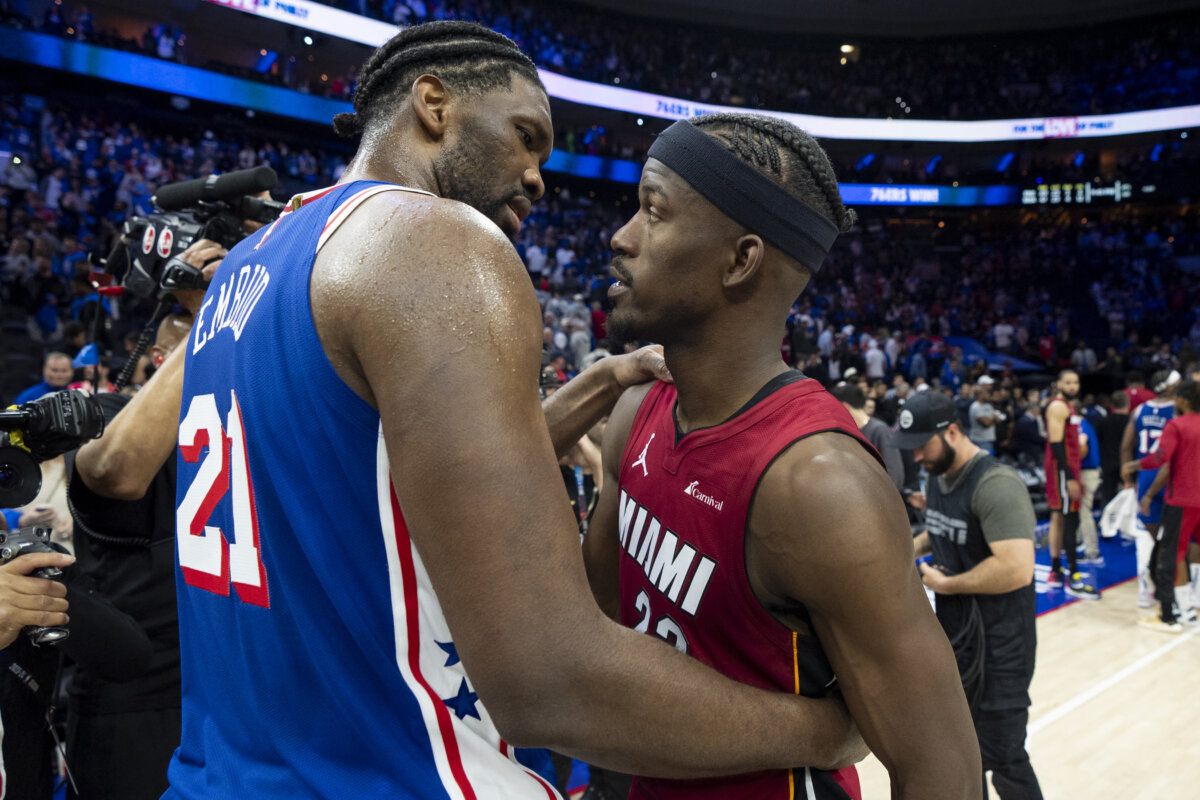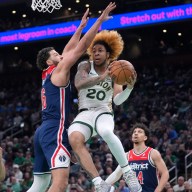For many Mets fans, Gary Carter’s crucial hit in the 10th inning of Game 6 in the 1986 World Series — sparking the rally that eventually gave the Mets the title — was enough to secure his legend.
But Carter’s impact on the championship team went beyond his skills at home plate. To that famously confident team, Carter was the spark, the inspiration and the player that gave them its unprecedented sense of showmanship.
Before coming to the Mets, Carter was derided in the Expos locker room as a media hound, always ready with a smile for the cameras and an autograph for the fans. Upon signing with New York, he found the situation similar, with one key difference: As he told author Jeff Pearlman in The Bad Guys Won! (an incomparable resource for inside info on the 1986 team), Carter was pleasantly surprised to be made fun of to his face, rather than behind his back, for his camera-hogging ways.
Despite how much they ragged on their new catcher, though, the Mets slowly began to mold themselves after “Camera Carter.” As Pearlman writes:
In his first game as a Met on April 9, 1985, the catcher hit a game-winning tenth-inning homer against the Cardinals for a 6-5 opening day win. As he rounded the bases, Shea Stadium’s rafters literally wobbled. Carter pumped his arm in the air, then did so again. When he reached home, he was swarmed by teammates. Carter jumped out of the dugout for a rousing curtain call. It summed up everything the Expos disliked about their ex-teammate, and everything the Mets were about to adopt.
Soon, Carter was “baseball’s cleanest, most wholesome, most photogenic, most accessible, most despised player” — and his team wasn’t far behind:
The curtain calls, rally caps and constant media attention — they made two
music videos — made the ’86 Mets “everybody’s enemies,” in the words of
GM Frank Cashen.
Like the Jets squads of two decade later, after languishing with the dregs of their league for so long Carter’s Mets found a refreshing joy in their new-found villain status. As manager Davey Johnson told Cashen’s, “No one hates the s**t teams.”
After the World Series, Carter and the Mets languished through slumps and chokes, and the team released him in 1989. But for more than two decades after his last at-bat for the team, Carter remained beloved by the long-suffering Mets faithful, the man who gave their woeful squad a touch of swagger — and loved every minute of it.

















